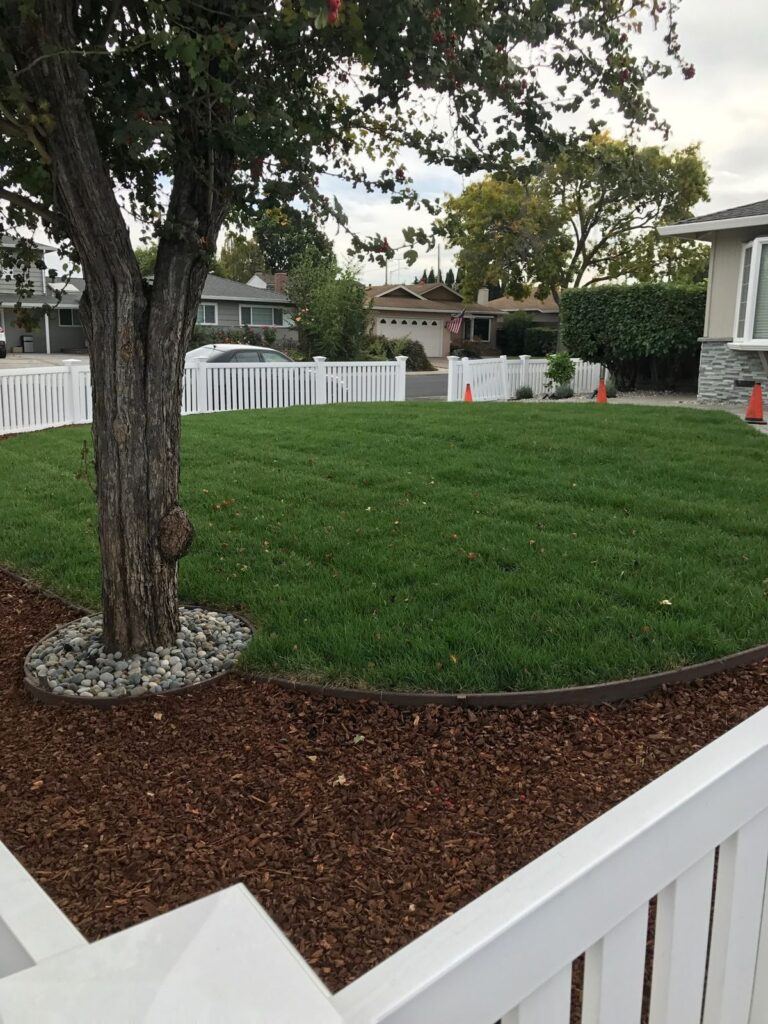When you think about building something, the first thing that comes to mind is usually the structure itself. The roof, the walls, the windows. But there’s one thing that holds everything together, and that’s the foundation. Without a strong foundation, your building will be unstable, no matter how amazing the rest of the structure is. It’s like trying to build a house on sand – it just won’t work. Let’s dive into why foundations matter and how to make sure yours is solid from the ground up.
Table of Contents
Why Foundations Are So Important
The foundation is where it all begins. It’s what keeps everything standing tall. A good foundation holds the building steady and supports its weight. If the foundation fails, the building will, too. It’s simple as that. So, whether you’re building a house or a small shed, this is the part you absolutely can’t skip.
Getting the foundation right is key. But don’t worry. It might seem tricky at first, but once you get the hang of it, you’ll feel more confident. And trust me, there’s no need to be intimidated. You’ve got this!
Concrete Work and Its Role in Foundations
When it comes to building a foundation, one material always stands out: concrete. Concrete is the go-to for most foundations. Why? Because it’s strong, durable, and can support a lot of weight. If you want your foundation to last, concrete is your best friend. But it’s not just about pouring concrete and hoping for the best. You need to know how to mix it right, pour it carefully, and let it set properly.
Good concrete work is what will ensure your foundation lasts for years to come. It’s about getting the right mix and placing it the right way. With concrete, you’re looking for strength and stability. These are two things you definitely don’t want to skimp on.
The Different Types of Foundations
Not all foundations are created equal. There are a few different types to choose from, and each one has its perks. The choice you make depends on a few things, like the type of soil and the size of your project.
Slab Foundations
Slab foundations are one of the most common types. They’re pretty simple. You pour a thick layer of concrete directly onto the ground. Once it hardens, you’re good to go. Slab foundations are great for small buildings and houses. They’re also cost-effective and quick to install. But, if you live in an area with freezing temperatures, this might not be the best choice.
Crawl Space Foundations
Crawl space foundations create a small gap between the ground and your building. This space makes it easier to access utilities like plumbing and electrical wiring. It’s a good option for homes in areas with unstable soil or moisture problems. Plus, crawl spaces help with ventilation, keeping the space from getting damp.
Basement Foundations
If you want extra space beneath your building, basement foundations are the way to go. They involve digging down and pouring concrete walls to create a basement. Basements are perfect for extra storage, living space, or even a place for utilities. If you live in an area with cold winters, a basement can also help keep your home warmer.
Pier and Beam Foundations
Pier and beam foundations use concrete piers or wooden posts that stick into the ground. These piers support the structure above, and beams connect them. It’s a great option for homes with unstable soil or for areas where you need extra height. This type of foundation is common for raised homes.
Step-by-Step Guide to Building a Strong Foundation
So, how exactly do you build a solid foundation? Here’s a quick breakdown of the process. While it might seem overwhelming, don’t worry. We’ll walk through it step by step.
Step 1: Prepare the Site
Before you start anything, you need to clear the area. Get rid of any trees, rocks, or debris. You’ll also want to level the ground. If the soil is too soft, you might need to add some gravel to make it more stable. The key here is making sure the ground is flat and solid enough to support your foundation.
Step 2: Excavation
Once the site is prepared, it’s time to dig. You’ll need to excavate the area where your foundation will sit. The depth depends on the type of foundation you’re building. For a slab, you might only need to dig a few inches. For basements, it could be several feet deep. While digging, keep an eye on the soil. If it’s soft or too wet, it might cause issues later on. In that case, you’ll need to adjust your approach.
Step 3: Building Forms
Next, you’ll need to set up forms. These are wooden or metal structures that will shape the concrete. They’re important because they hold the concrete in place as it hardens. Without forms, your concrete could spill or move around. The forms are temporary, but they’re essential for getting the right shape for your foundation.
For slab foundations, the forms will outline the perimeter of your foundation. For basements, the forms will create the walls.
Step 4: Pouring Concrete
Now it’s time to pour the concrete. Concrete is a mix of water, cement, and aggregates like gravel or sand. Once mixed, you’ll pour the concrete into the forms. Be sure to pour it evenly and make sure there are no air bubbles. After pouring, you’ll need to smooth the surface. This is where the real work comes in. You want to make sure the concrete is level and evenly spread.
For larger projects, you might need a concrete pump to get the material where it needs to go. The most important thing is to work quickly, before the concrete starts to set.
Step 5: Curing the Concrete
After pouring, it’s time to let the concrete cure. Curing is a process that helps the concrete get stronger. It’s crucial to keep the concrete moist during this time. If you let it dry too fast, it could crack. The curing process can take anywhere from a few days to a week. Patience is key here, so don’t rush it.
Step 6: Backfilling
Once the concrete has cured, the next step is backfilling. This means filling the area around the foundation with dirt or gravel. For basements, you’ll need to add soil around the walls. For slab foundations, fill in the edges to level it out. The goal is to make sure the foundation is completely surrounded and supported.
Step 7: Final Inspections
Finally, you’ll need to have the foundation inspected. This ensures that everything was done correctly and that it meets local building codes. Depending on your area, you might need an official inspection before moving forward with the rest of the project. Don’t skip this step, as it’s essential for ensuring safety and compliance.
Protecting Your Foundation with Good Drainage
Water is one of the biggest enemies of your foundation. It can weaken the concrete and cause cracks. That’s why drainage is so important. You need to make sure water moves away from the foundation, not toward it.
For basements, crawl spaces, or any foundation with a gap, a proper drainage system is essential. This helps keep the area dry and prevents water from building up. You may also want to consider installing irrigation systems around your home to manage moisture levels. Good drainage keeps the foundation strong and safe for years.
Foundation Maintenance
Your work isn’t done once the foundation is built. Foundations need regular maintenance to stay strong. Here are a few tips to help you maintain your foundation:
- Keep water away: Make sure your drainage systems are working. Check for clogs or leaks, and fix them right away.
- Watch for cracks: Small cracks are common, but large ones need attention. Look for any signs of settling or movement.
- Seal the foundation: Apply waterproof sealant to prevent moisture from seeping into the concrete.
- Check the soil: Keep an eye on the soil around your foundation. If it starts shifting or settling, it could affect your structure.
Conclusion
Building a strong foundation is not just about pouring concrete and hoping for the best. It’s a process that requires careful planning and execution. From site preparation to pouring the concrete, every step plays a role in ensuring your foundation is solid. Follow these steps, and you’ll be well on your way to creating a sturdy base that’ll support your building for years. Whether you’re tackling a small home project or a larger commercial build, remember: it all starts with the foundation.


